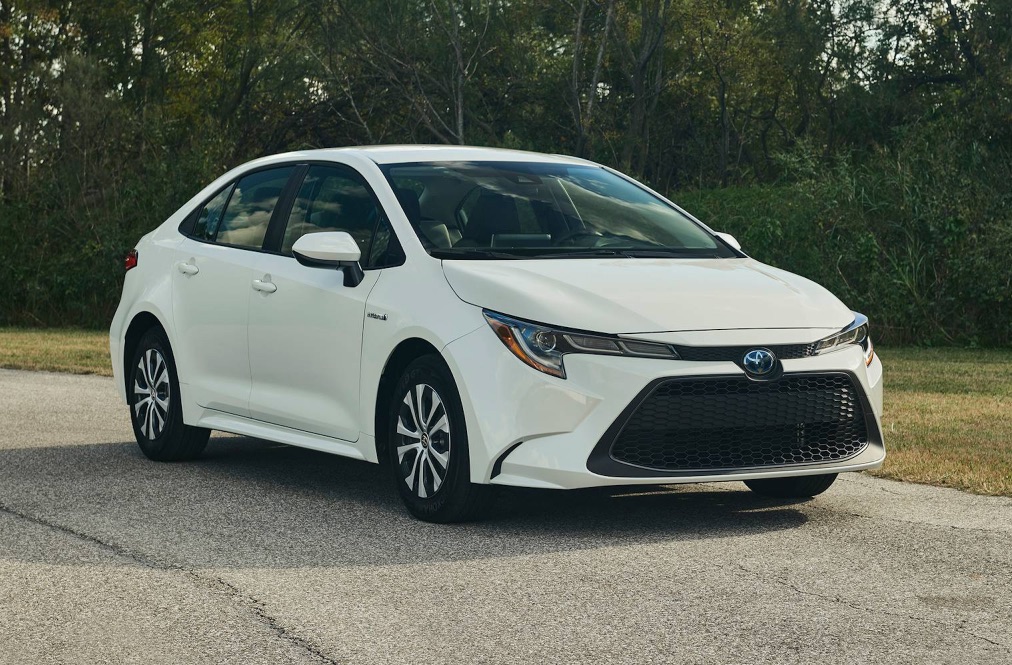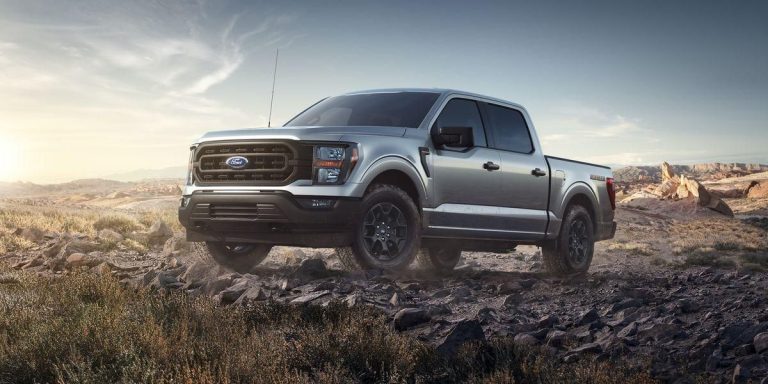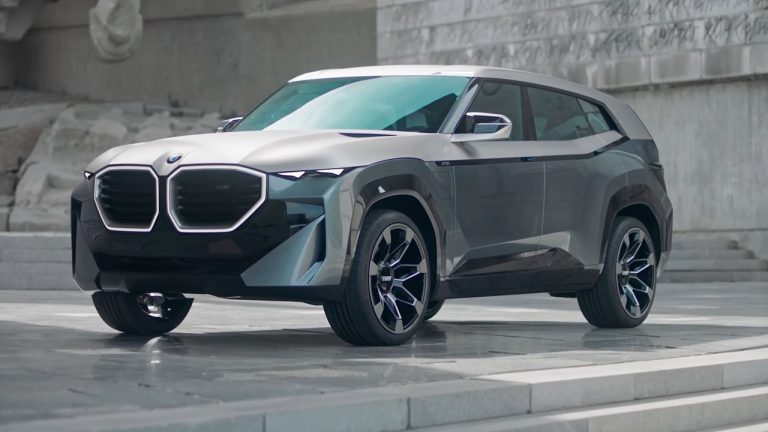Motorcarspecs.com delivers automobile industry news, and its unique content can entice viewers from all over the world. Every day, the Motorcarspecs.com team assists thousands of consumers in conducting vehicle research and comparing pricing on a wide range of automotive products and services. We’ve been pioneering innovative ways for prospective buyers to engage with automobiles and obtain timely and accurate information since January 2020. We created this platform for you, the viewers, to provide an honest evaluation on a relevant automobile, which we will completely review and post on our site.
This 10 best hybrid hatchbacks list contains everything that might be called a hybrid automobile in the conventional sense. That is, it has a limited capacity petrol engine that is supported by an electric motor and a small battery, allowing it to go only a short distance without emitting anything. Plug in hybrids with larger batteries and greater electric ranges, as well as the current generation of so called mild hybrids with integrated starter generators, are not included.
We are being a little flexible in our definition of a hatchback in this list. Everything from diminutive superminis to huge cross overs may be seen among the vehicles on show. All of these cars, however, have two things in common: none of them have a plug outlet, and all of them have the ability to save considerable amounts of gasoline in the stop start urban driving situations in which they were meant to flourish.
- Toyota Corolla hybrid
- Toyota Yaris hybrid
- Renault Clio E tech
- Toyota Prius
- Kia Sportage
- Toyota C HR
- Honda Jazz
- Lexus UX
- Hyundai Ioniq HEV
- Subaru XV e Boxer
10 best hybrid hatchbacks
Toyota Corolla hybrid

Toyota is well on its way to normalizing the hybrid powertrain after spending more than 2 decades presenting it to the globe and no car on the market achieves this better than the current Corolla hatchback.
The Corolla, which was unveiled in 2019 to replace the aging Auris, is a game changer for Toyota in one of the most significant market sectors. It, like one or two of its showroom brothers debuted in recent years, is built on a new worldwide model platform and has been dynamically evolved and tweaked – very effectively for differentiating ride and handling sophistication.
It even has a sports edge in its top of the line 2.0 litre hybrid variant. If you search for the free spinning, elastic band effect acceleration sensation of the engine under broad throttle applications, you’ll find it, but the car’s part throttle response is considerably better than you might imagine, and its outright performance level is much more assured.
The fact that the Corolla is one of Toyota’s self described “self charging” hybrids will appeal to those who prefer their motoring lives to be kept simple but not as much as the all around ownership credentials of a car that they can feel equally good about owning and driving as they do about their gas bills. Toyota Corolla hybrid 2022 Specs & Review.
Toyota Yaris hybrid
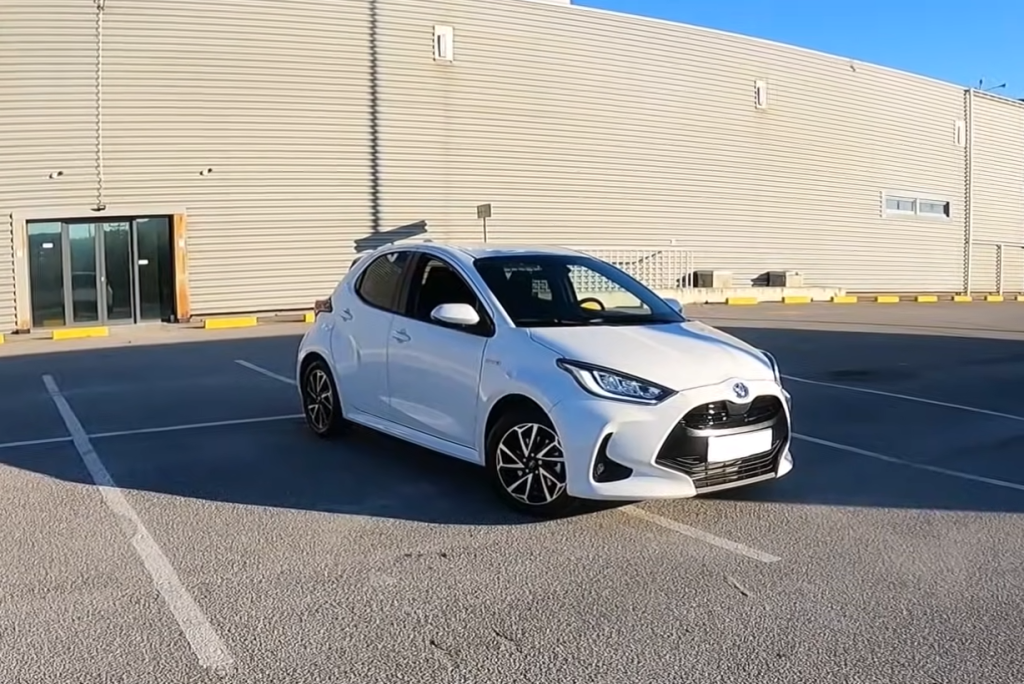
It’s been a long time since a Yaris has been as enticing and capable as this new 4th generation model.
It not only looks better than ever, but it also drives better. Although it may not be as entertaining as some of its traditional supermini competitors, it illustrates that selecting a hybrid doesn’t have to mean renouncing the energy and feeling of character that mark the greatest small automobiles.
Gripes? Well, it could be a little more practical, and its 1.5 litre engine lacks strong acceleration. But it makes up for it with simple mobility in town and an incredibly low fuel consumption rate. Toyota, you performed a wonderful job. Toyota Yaris hybrid 2022 Specs & Review.
Renault Clio E-Tech
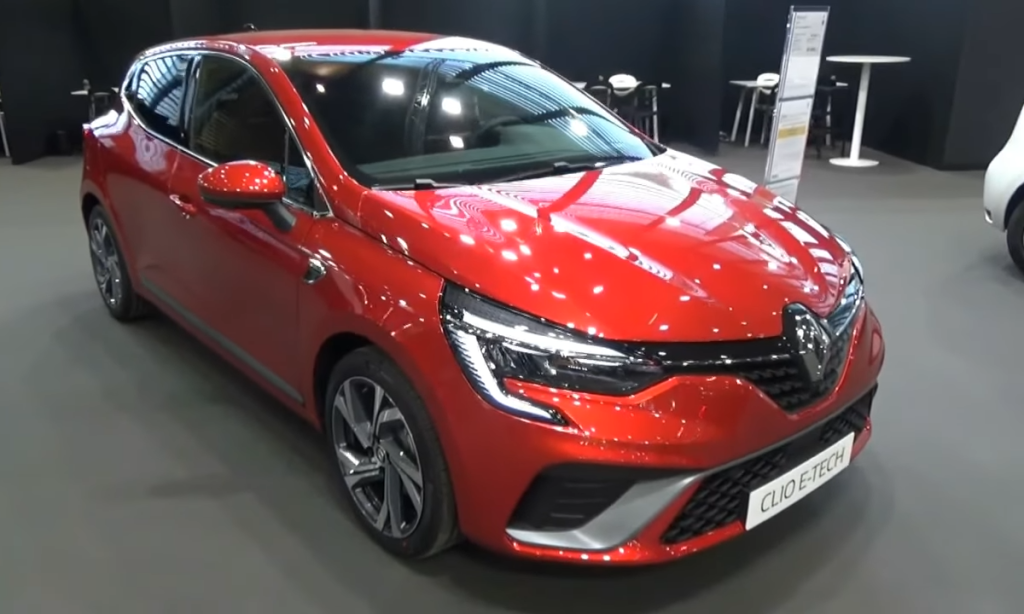
Hybrid superminis are as uncommon as hen’s teeth, and for a long time, the Toyota Yaris and Honda Jazz were the only possibilities. Renault, on the other hand, has joined the battle with a hybridized version of its superb Clio.
It’s called as the Clio E Tech, and it’s propelled by a sophisticated powertrain that combines a 1.6 liter gasoline engine with two smaller electric motors and a 1.2 kWh battery. However, as intricate as its workings are, the reality remains that it is remarkably easy to get along with in the real world. It juggles its two power sources pretty effectively most of the time, and it seems a touch more punchy than the Yaris and Jazz.
It also boasts the same superb ride and handling balance as the conventional Clio, and it looks as fast and appealing as you’d expect from a small, French supermini. We have no hesitation about recommending one.
Toyota Prius
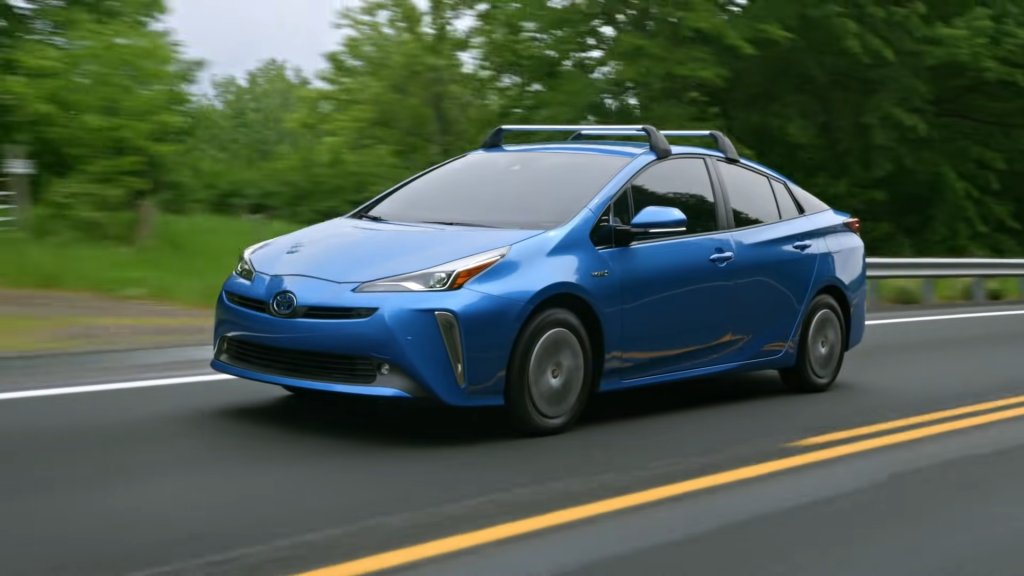
The grandfather of petrol electric hybrids improves on a technology Toyota established in 1997. The 4th generation vehicle is constructed on a new platform, and the 1.8 liter petrol engine has been modified to boost economy and performance.
Overall, the Prius is significantly more practical and affordable than previously. The car’s main advantage has been how natural it feels to drive: more responsive on half throttle, comfortably inside its comfort zone at high speeds, and actually quite rounded in daily use, despite its look.
A price of less than $25,000 closes the deal for the world’s best selling hybrid vehicle. It still takes some beating in this class, especially for folks who want to save money at the pump and don’t have access to a charging station. Meanwhile, the PHEV version will be well worth considering for folks who can plug in for the night and yet want a car developed for absolutely remarkable economy. Toyota Prius 2022 Specs & Review.
Kia Sportage
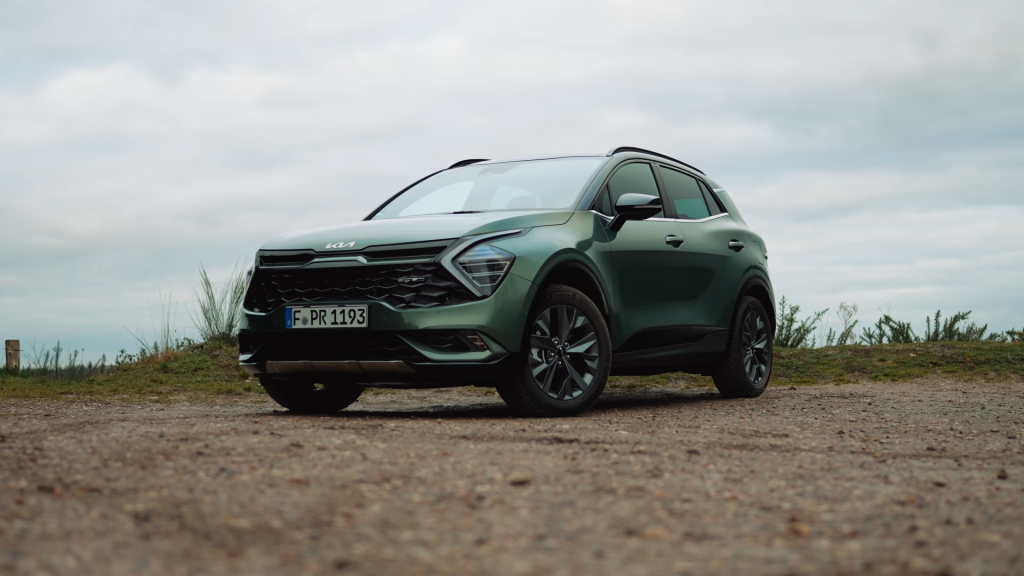
The Sportage cross over, currently in its fifth generation, is available with hybrid power, which has done more to transform Kia’s European image than any other car. Mild hybrids to full hybrids and a strong plug in hybrid are among the alternatives. Because they’re all based on Kia’s 1.6 liter turbo petrol engine, they all share a similar personality.
We drove the full hybrid, which, although not quite as quick as its 227 bhp output promises, cuts a quiet and pleasing figure. It features an unusual outer appearance and a beautiful cabin with lots of luxury appeal beyond some visible hard plastics, and, most crucially, the dynamics are well sorted, making the car more quietly delightful to drive than you might imagine. Similar results are reached by the Corolla at the top of this list.
Of course, the Sportage is a bigger car than a standard hatchback, and it shows at times. Despite its potential to manage fuel efficiency in the mid 40s in the real world, the result is a car with ample of passenger accommodation.
Toyota C-HR
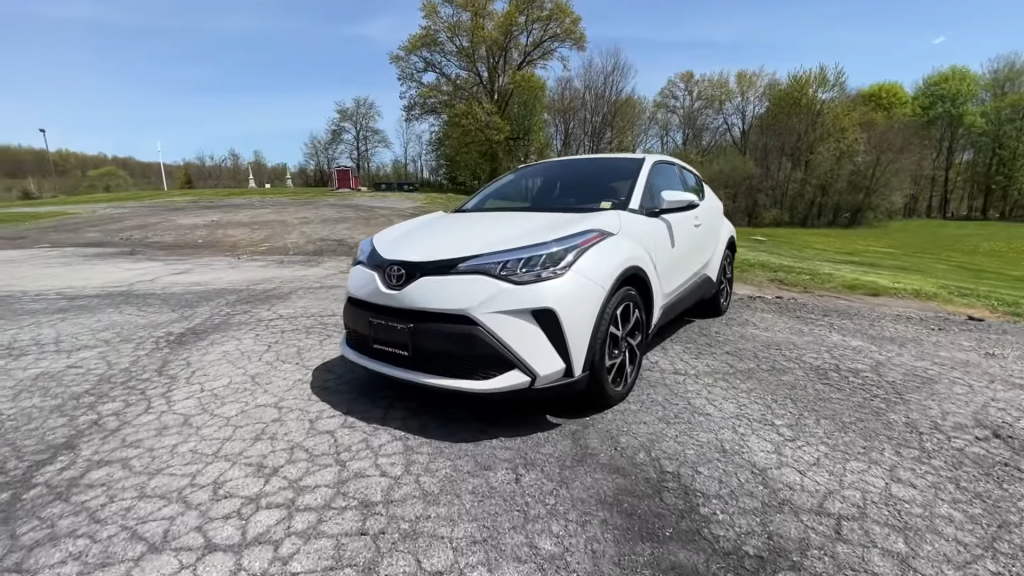
Consider the fact that Toyota manufactures four of the top six vehicles on this list, proving its proficiency in hybrid powertrains.
The C HR was upgraded in 2019, with suspension improvements and the installation of a bigger 2.0 litre hybrid engine comparable to that featured in the Corolla and RAV4. The result is a substantial, much needed boost in performance, as well as more engaging handling than previously.
Its usefulness hasn’t suffered as a result of this. It’s still a well polished and elegant cross over around town, with reasonable ride comfort and enough utility. Although its slanting roofline restricts rear headroom a little, it can’t be accused of seeming like another derivative, identikit cross over. Toyota C-HR 2022 Specs & Review.
Honda Jazz
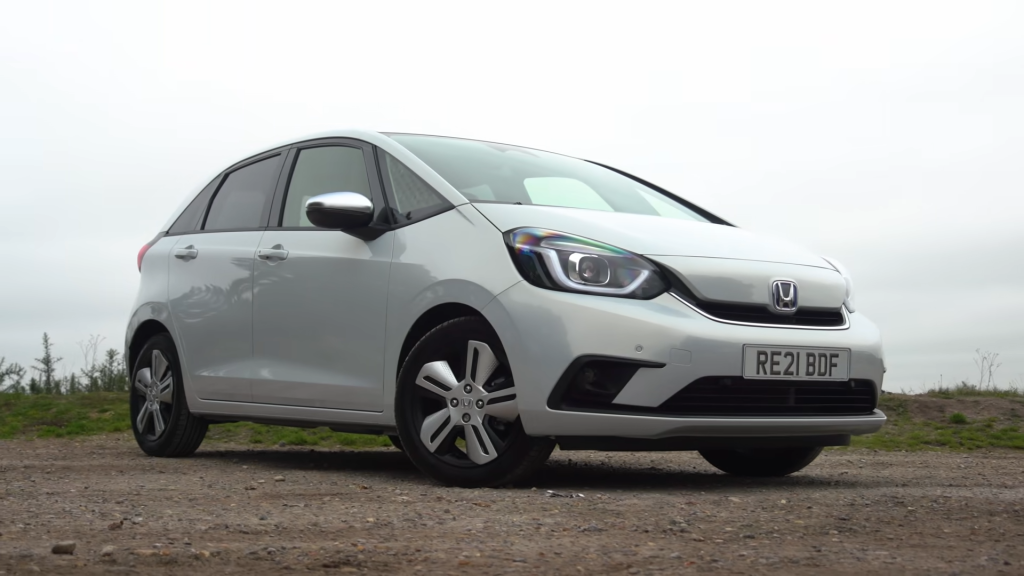
The new Jazz may be tiny, but its ingenious design makes it one of the most useful and flexible superminis available. It not only has the interior capacity that many larger cross overs lack, but it also features a fuel efficient 1.5 litre hybrid powertrain that those larger, heavier cars can’t match. Without even trying, it averaged 60 miles per gallon over 500 miles of mixed environment driving in the Autocar road test. It’s tough not to be impressed by such stats.
It’s not the most thrilling hybrid to drive or look at, but it’s a car that would be simple to live with as an owner. The riding quality is largely good, and the structure is as strong as you’d expect. Honda Jazz 2022 Specs & Review.
Lexus UX
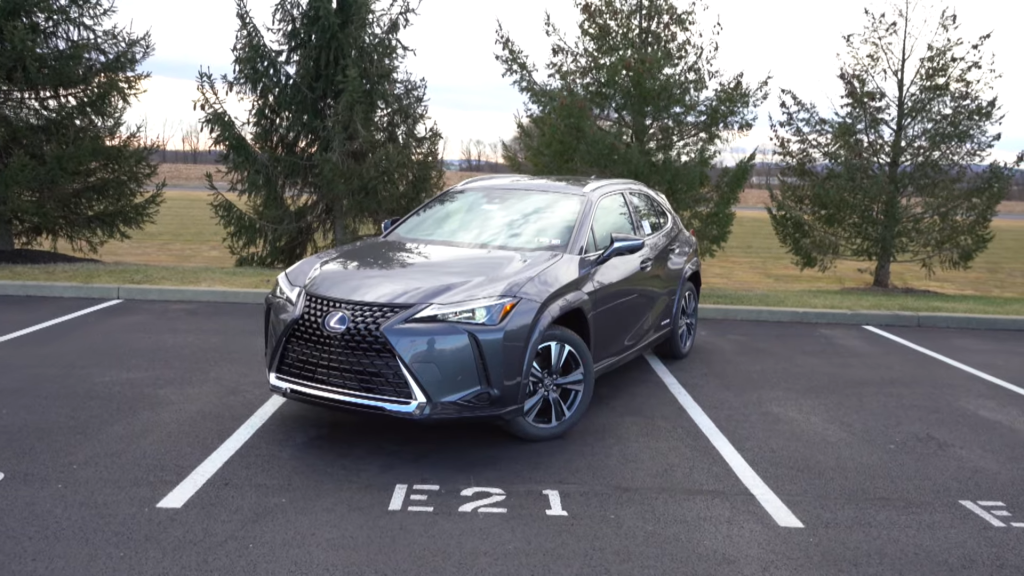
Because the UX was also developed as an indirect replacement for the hybrid only Lexus CT hatchback, it’s a bit puzzling to think of Lexus’ first try at a cross over SUV. That’s why it wears its SUV design elements so lightly, and you might be forgiven for thinking you’re looking at a considerably higher riding, premium branded family hatchback when you see one.
The UX isn’t quite as big or accessible as a conventional small SUV, but it makes up for it with plenty of high quality materials and a sumptuous interior to compliment its unusual exterior. The Lexus infotainment system and control regimes are less basic than some, but once you get used to how they function, the car has very little usefulness.
The hybrid gives a decent blend of real world efficiency, drivability, and refinement not as much long range efficiency as a diesel, but improved low speed fuel economy and acceptable city driving manners.
Hyundai Ioniq HEV
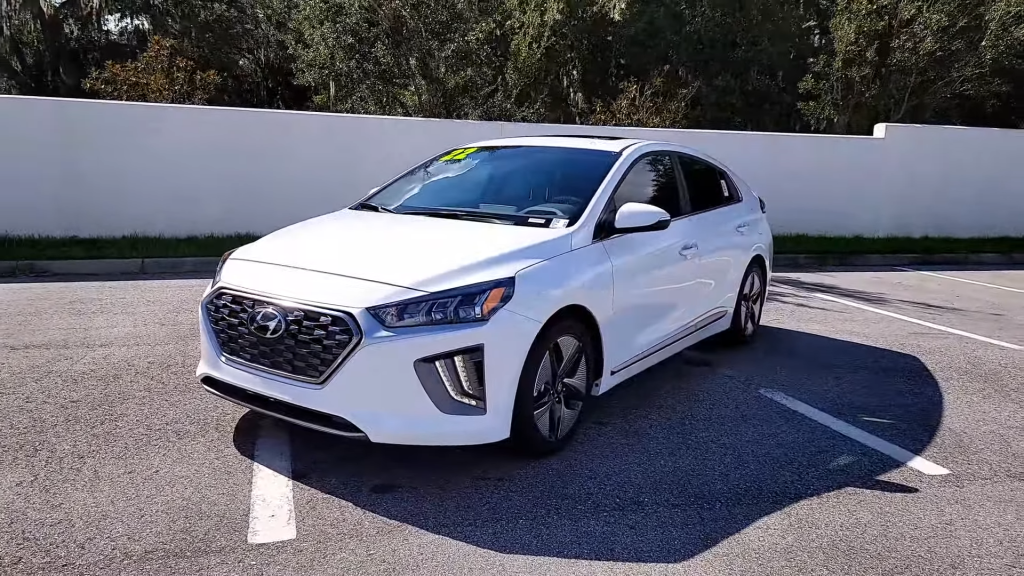
The Hyundai Ioniq was the first vehicle to be available in three electrified modes: hybrid, plug in hybrid, and completely electric. The hybrid combines a 1.6 liter gasoline engine with a smaller electric motor to create 139 hp and 195 pound feet of torque, which is transmitted to the front wheels. The Ioniq, on the other hand, sports a 6 speed dual clutch automatic transmission, unlike the great majority of hybrids.
The Hyundai’s petrol engine, while economical, may be a touch raucous at times. Nonetheless, it rides pleasantly, with modest but clean handling and a smooth ride. The cabin is also pretty functional, but it does appear quite plasticky in spots. There are definitely more thrilling hybrid hatchbacks on the market, but the Ioniq is a respectable and capable representative of the breed. It’s also a very affordable alternative.
Subaru XV e Boxer
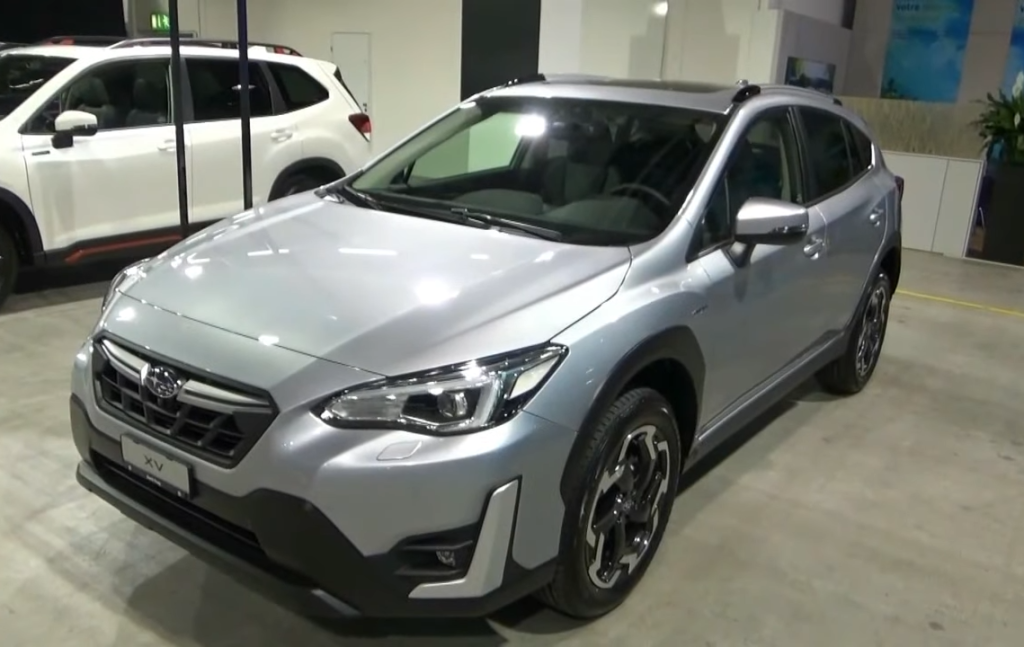
Subaru isn’t a manufacturer you’d expect to produce a standard hybrid drivetrain, and its new eBoxer technology is no exception. The eBoxer system is currently available in both this XV and the larger Forester SUV, and is designed to be lightweight and compact, fit into Subaru’s existing boxer engined cars without major re engineering, and maintain the off road capability, towing and carrying capacity for which Subaru is known.
The eBoxer arrangement in both cars only gives limited electric only functioning and low rev torque to the driving experience. At low speeds, it’s tough to be gentle enough with the car’s accelerator pedal to keep the combustion engine switched down. The system’s contribution of mid range torque while off roading and towing, on the other hand, is more telling.
Before its hybrid powertrain, the XV was a weird and unorthodox cross over hatchback, and anybody thinking that it would make it more appropriate for everyday driving or enhance its fuel economy will be disappointed by the reality of owning one. However, if you truly need a taste of ruggedness and true off road capabilities in your petrol electric hatchback (rather than a purely electrically powered rear axle as rivals give, which is rendered worthless once the car’s drive battery runs out), the XV could just be the car for you.


